Art World
What Does It Take to Make an Art Fair Booth Sing? We Asked 5 Experts for Their Very Practical Advice
Designers and gallerists weigh in on what to do—and what not to do—to make you booth stand out.
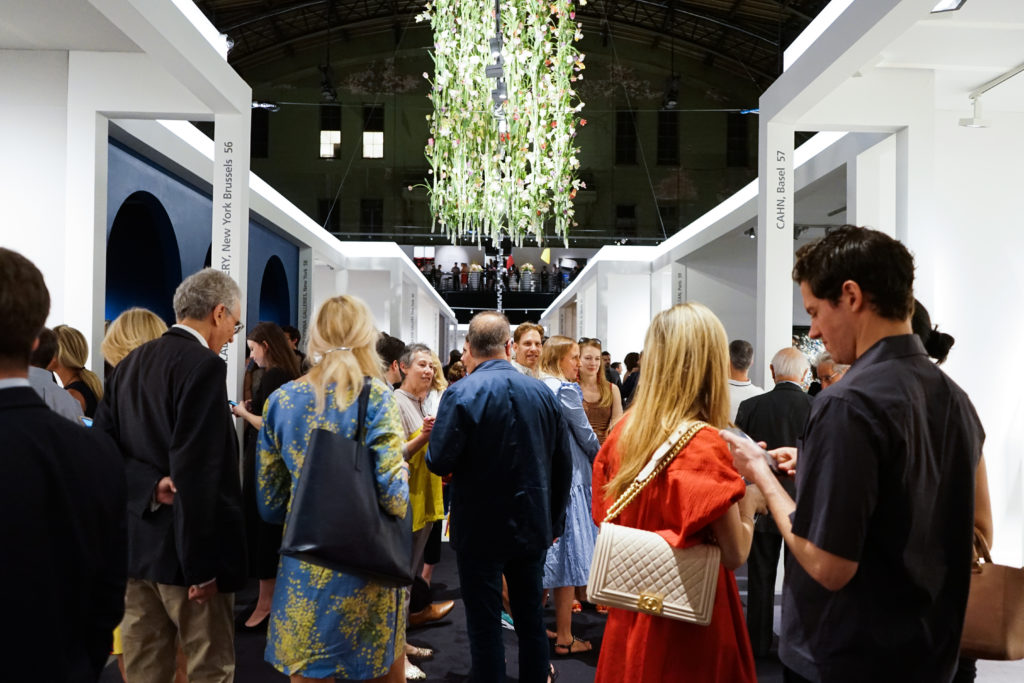
Designers and gallerists weigh in on what to do—and what not to do—to make you booth stand out.

Artnet News

The pressure for galleries to participate in art fairs is greater than ever. Then, once there, it is equally important to make their presence known to the fair’s visitors to ensure that their investment is well spent. After all, making the effort to show up doesn’t mean much if people don’t know you’re there.
We spoke to five designers and gallerists to hear their tips on how to make one’s booth stand out from the crowd—and to leave an impression that collectors won’t soon forget.
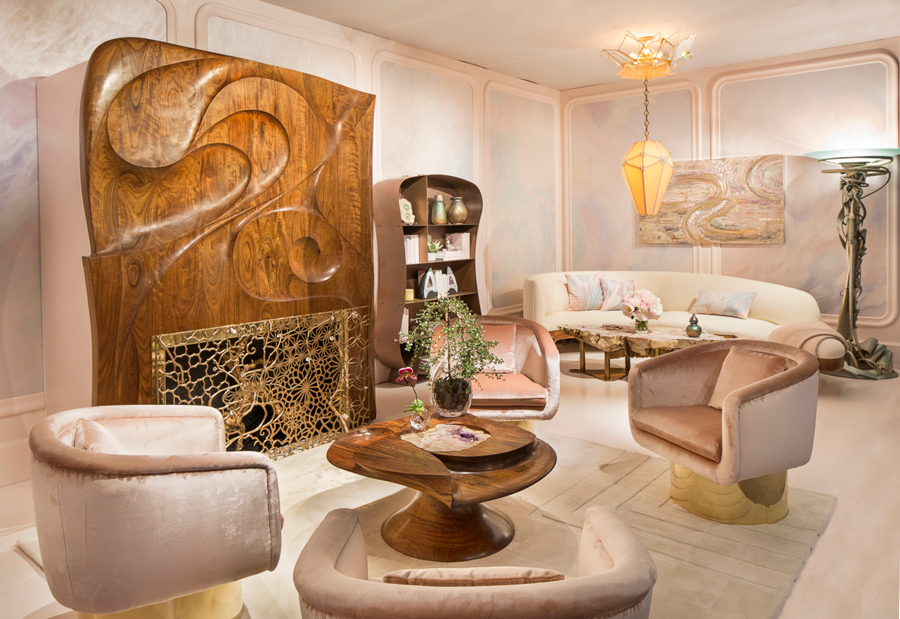
Amy Lau’s booth at the 2017 Salon Art + Design Fair.
“You have to have a strong idea. I think a lot of galleries will just put display a bunch of different objects and hope that they dialogue with one another. There’s nothing thematically or visually that connects. At a fair—or anywhere, really—we see so much that we need to be drawn in with a little bit of drama. You need to cultivate an environment and tell a story.”
– Amy Lau, designer and co-founder of Design Miami/; the first designer to have an independent booth at Salon Art + Design Fair
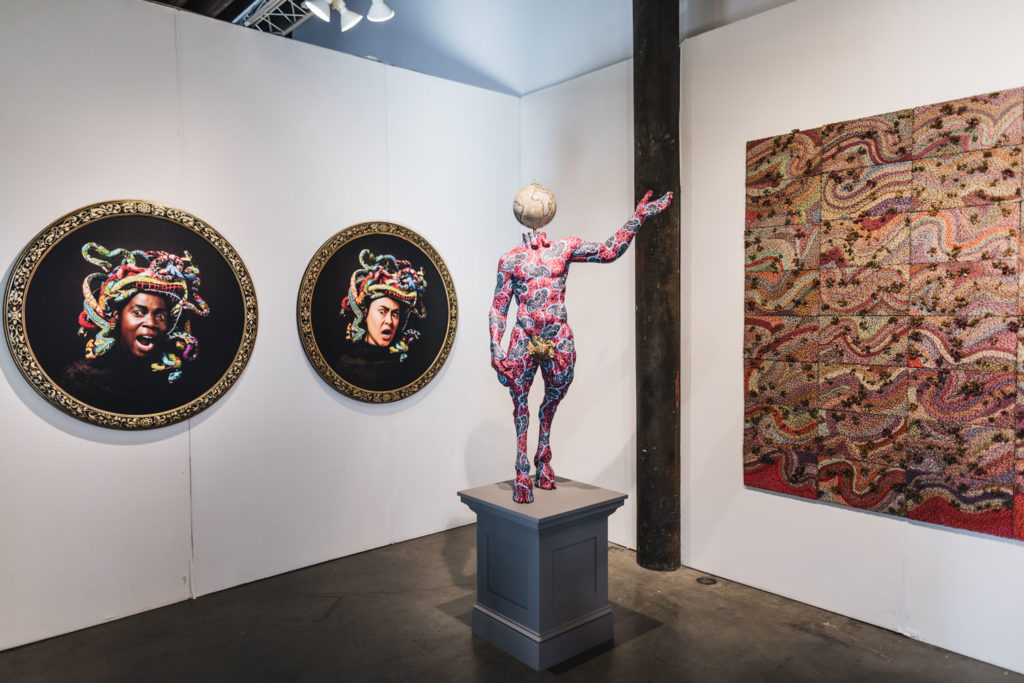
James Cohan’s booth at 1-54 Contemporary Art Fair 2018, with works by Elias Sime and Yinka Shonibare. Photo: Katrina Sorrentino. Courtesy of James Cohan Gallery.
“When we first started doing fairs, our idea was to create a thematically curated show. But we’ve discovered that thematic shows don’t play as well because they’re not as well understood. Now we try to make our booths more experiential, and create a space that people can enter.
“The architecture is crucial. You have to create an experience that you move through. Because once it’s open and out there and people just have the ability to walk by, they often will. Art fairs are about discoveries. You want to have a space that facilitates people making those discoveries. That’s what architecture can do.”
— Jane Cohan, co-owner James Cohan Gallery
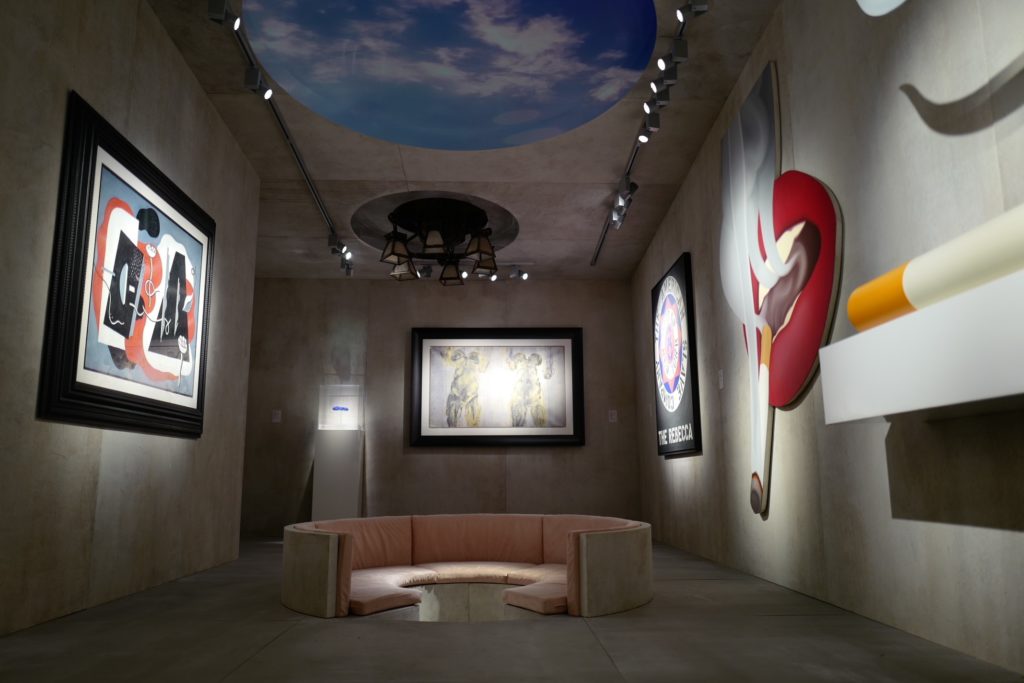
Installation view of Galerie Gmurzynska’s booth at TEFAF 2018, designed by Robin Scott-Lawson. Courtesy of Galerie Gmurzynska.
“It is important to create a distinctive look that people go away remembering, capturing their imagination. With my design for Galerie Gmurzynska’s booth TEFAF, I created something dreamlike to inspire more of an emotional reaction. I was inspired by nature and rawness and the idea of a sense of subtlety. I wanted to create a soft and poetic space that is different to the normal harsh white walls that people expect at art fairs. There is little natural light in the venue, so I used projection to make an imaginary sky to create a sense of space and light. I wanted to get far away from the look and feel of a standard art-fair booth, so I used elements like the sloped ceiling, stone-wash walls, and a bespoke sunken seat to create a sense of permanency.”
— Robin Scott-Lawson, artistic director and set designer; designer of Galerie Gmurzynska’s booth at TEFAF New York 2018.
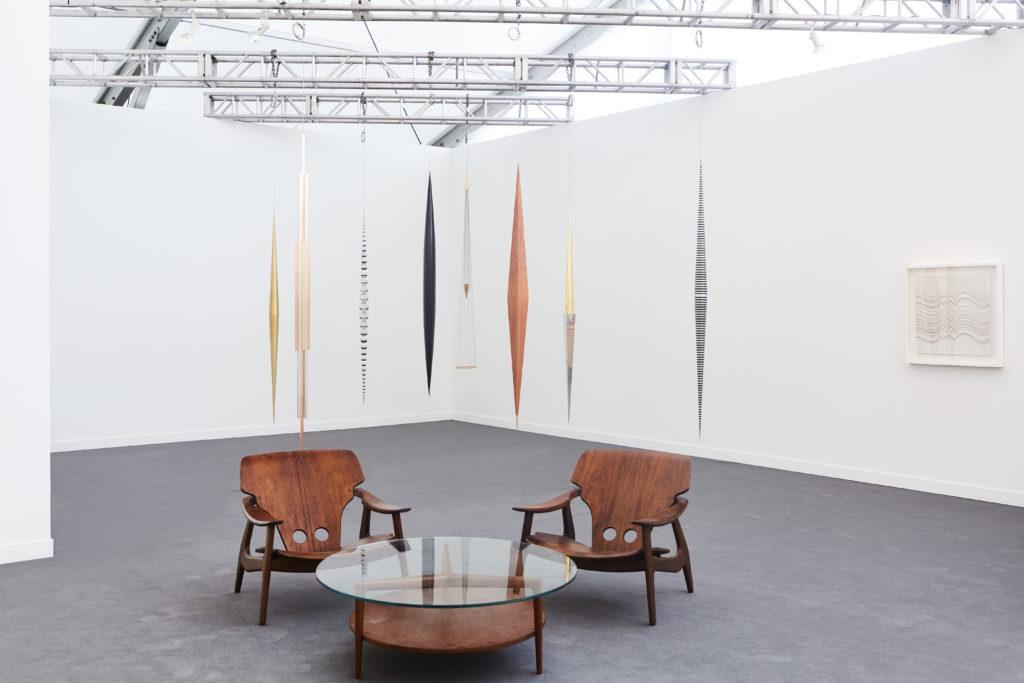
Installation view of Galeria Nara Roesler’s booth at Frieze New York, 2018. Photo: Will Wang. Courtesy of the artists and Galeria Nara Roesler.
“The idea is to create a conversation between our artists that triggers moments of interruption for the viewers. It is important to understand that you have five seconds to capture the attention of fairgoers, therefore we try to go beyond traditional presentations, and create immersive experiences that allow for viewers to delve into the universe of our artists in ways that incite interest, curiosity, and awareness.
“One of the most frequent faux pas we notice is lack of planning and preparation. Art-fair booths should be planned at least one year in advance and every element should fall under a holistic strategy which connects to each specific fair. Before the opening an art fair your clients should be aware of what you are showing—this is achieved through preparation and client outreach.”
— Frederik Schampers, deputy director of Galeria Nara Roesler
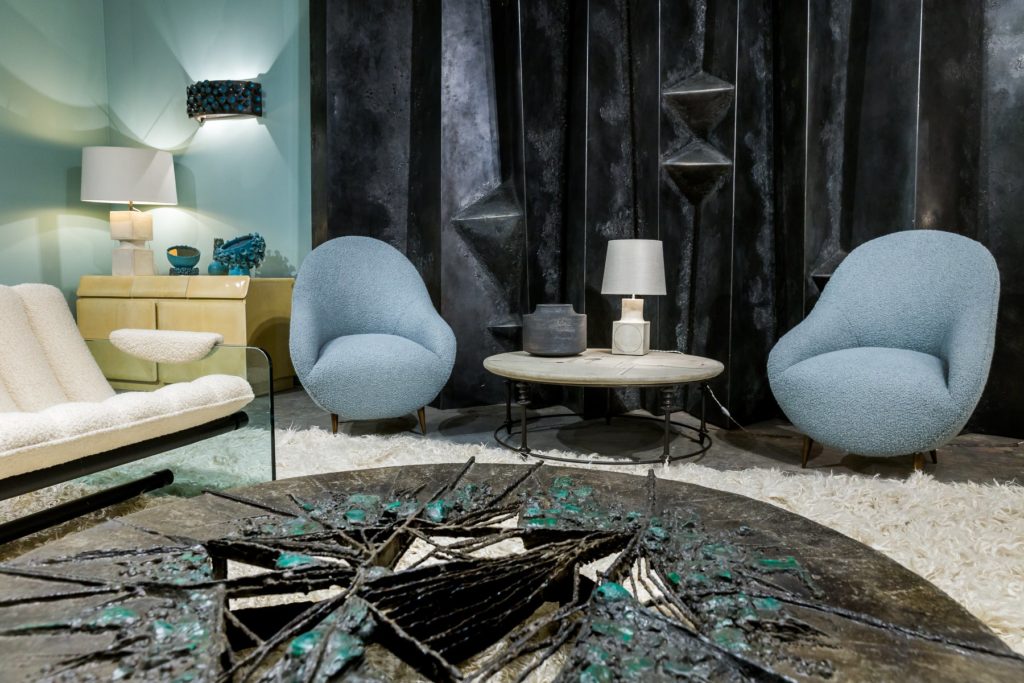
Chahan Gallery’s booth at the 2018 Collective Design fair. Photo: Scott Rudd. Courtesy of Collective Design.
“I still balk at the traditional ‘booth-and-aisle’ organization. It creates that art-fair crawl, where people plod down an aisle, glancing left and right for something to catch their eye. At some fairs, I feel like I’m in the grocery store.
“Overcrowding is the biggest mistake people make when designing an art-fair booth. You need room to appreciate good work.
“Painting the walls is easiest thing you can do to make a booth stand out. A change of color begins to take a space away from the ‘white cube’ mentality and moves it toward the realm of experience, creating a space we can relate to.”
— Steven Learner, founder of the Collective Design fair